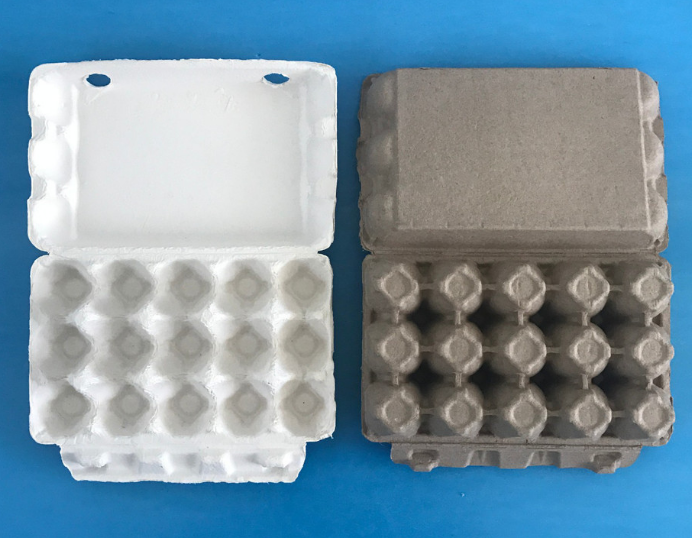Innovations in Poultry Laying Cages for Enhanced Egg Production and Animal Welfare
តុលា . 18, 2024 18:31 Back to list
Innovations in Poultry Laying Cages for Enhanced Egg Production and Animal Welfare
The Importance of Poultry Laying Cages in Modern Agriculture
Poultry farming has evolved considerably over the years, and one of the most significant advancements in this field is the introduction of laying cages for hens. These structures are designed to improve egg production efficiency, ensure hen welfare, and optimize space in commercial egg-laying operations. In this article, we will explore the benefits, concerns, and best practices associated with poultry laying cages.
First and foremost, poultry laying cages have revolutionized egg production. In traditional free-range systems, hens are given extensive outdoor access, which can be beneficial in terms of animal welfare; however, it often leads to decreased egg production rates due to factors such as predation and varying environmental conditions. Laying cages, on the other hand, provide a controlled environment that maximizes production. With hens housed in individual cages, producers can monitor their health and egg-laying patterns more closely, leading to higher output and better overall management of the flock.
Moreover, laying cages can significantly contribute to the efficient use of space in poultry farms. Conventional rearing systems require larger areas to accommodate free-ranging birds, which can be cost-prohibitive for many farmers. By utilizing laying cages, producers can house more hens in a smaller area, thereby increasing production per square foot. This higher density not only boosts profitability but also allows for better control over biosecurity measures, reducing the risk of disease transmission among flocks.
poultry laying cages

However, the use of laying cages has sparked a significant debate around animal welfare. Critics argue that confining hens to small spaces can lead to psychological stress, reduced mobility, and other welfare issues. In response, many producers have transitioned to enriched cages that provide hens with more space, perches, nesting boxes, and environmental enrichments. These enhancements aim to simulate a more natural living environment while still ensuring the benefits of cage systems.
The welfare of the hens in laying cages can be further improved by adhering to best management practices. Regular monitoring of the flock's health, providing nutritionally balanced diets, and ensuring adequate lighting and ventilation are crucial for maintaining well-being in confined systems. Additionally, the introduction of automated systems for feeding and egg collection can reduce human interaction, thus minimizing stress for the birds.
Furthermore, the global shift toward more humane farming practices has led to increased consumer awareness regarding egg production methods. Many consumers now seek eggs sourced from free-range or cage-free systems, prompting farmers to adapt their practices. As a response to consumer demand, the poultry industry is gradually transitioning towards more welfare-oriented production systems. This trend highlights the importance of balancing productivity with ethical considerations in poultry farming.
In conclusion, poultry laying cages play a critical role in modern agriculture, offering a range of benefits such as increased efficiency, space optimization, and better biosecurity. While concerns surrounding animal welfare cannot be overlooked, advancements in cage design and management practices have allowed producers to address these issues effectively. As the industry continues to evolve, it will be essential for poultry farmers to remain responsive to changing consumer preferences while striving to maintain high standards of animal welfare—all while providing a reliable source of protein for the growing global population. The challenge lies in finding the right equilibrium that ensures both productivity and the ethical treatment of animals in our food systems.
-
High Performance Exhaust Fan – Efficient Ventilation Solutions for Home
NewsJun.10,2025
-
High-Quality Gestation Pen for Sows Durable Mobile Pig Pen & Simple Pig Pen Solutions
NewsJun.10,2025
-
High Quality Rabbit Cage Double Tier Designs & Welded Wire Mesh Supplier
NewsJun.10,2025
-
Floating Fish Feed Machine - High Efficiency Floating Fish Feed Extruder for Small Scale Production
NewsJun.10,2025
-
Premium Poultry Housing Solutions Mobile & Commercial Free Range Options
NewsJun.10,2025
-
Industrial FRP Fans Corrosion-Resistant Blades & Centrifugal Systems
NewsJun.09,2025






